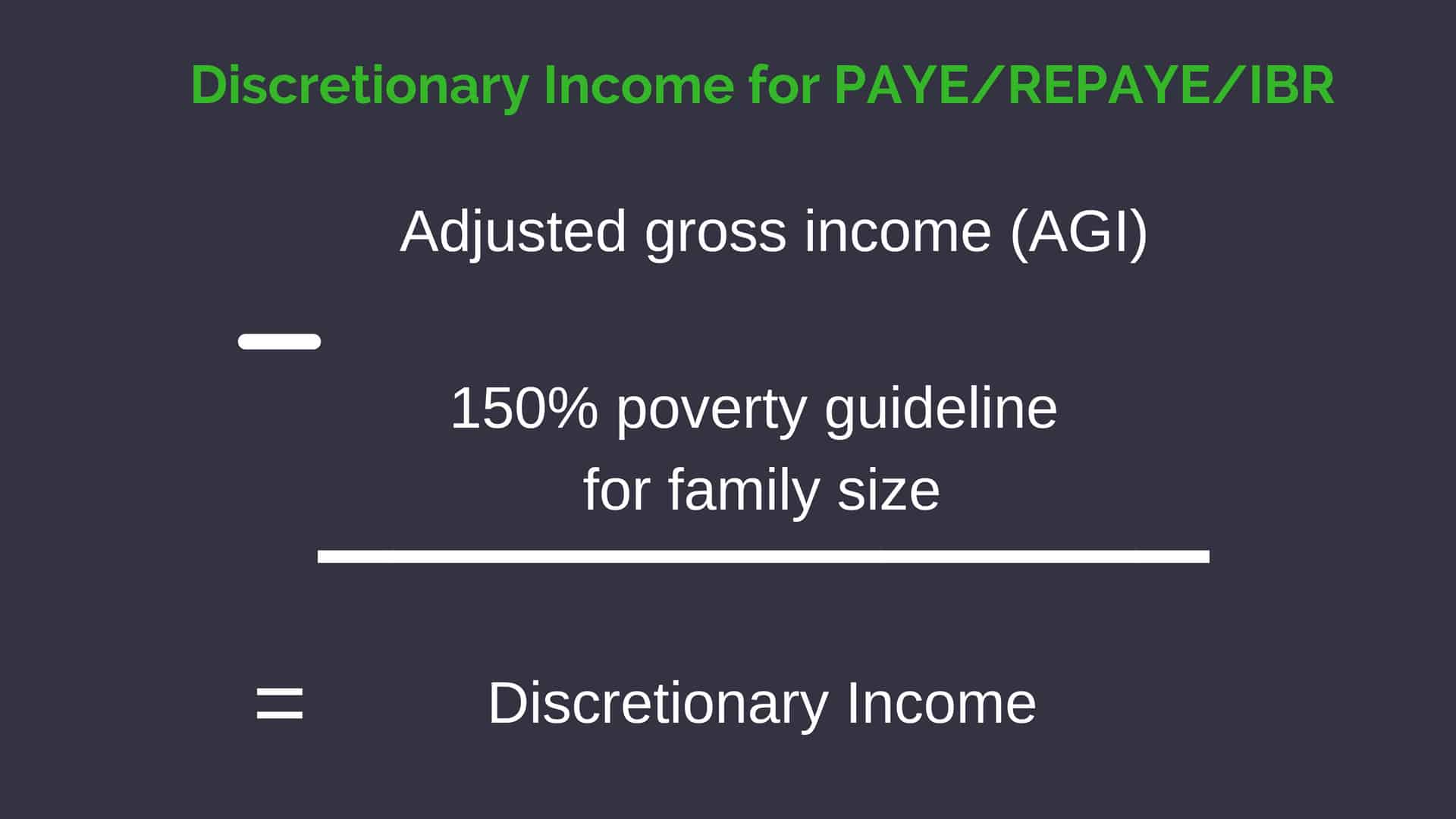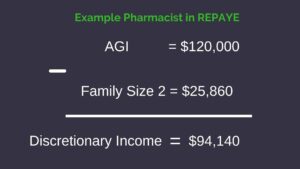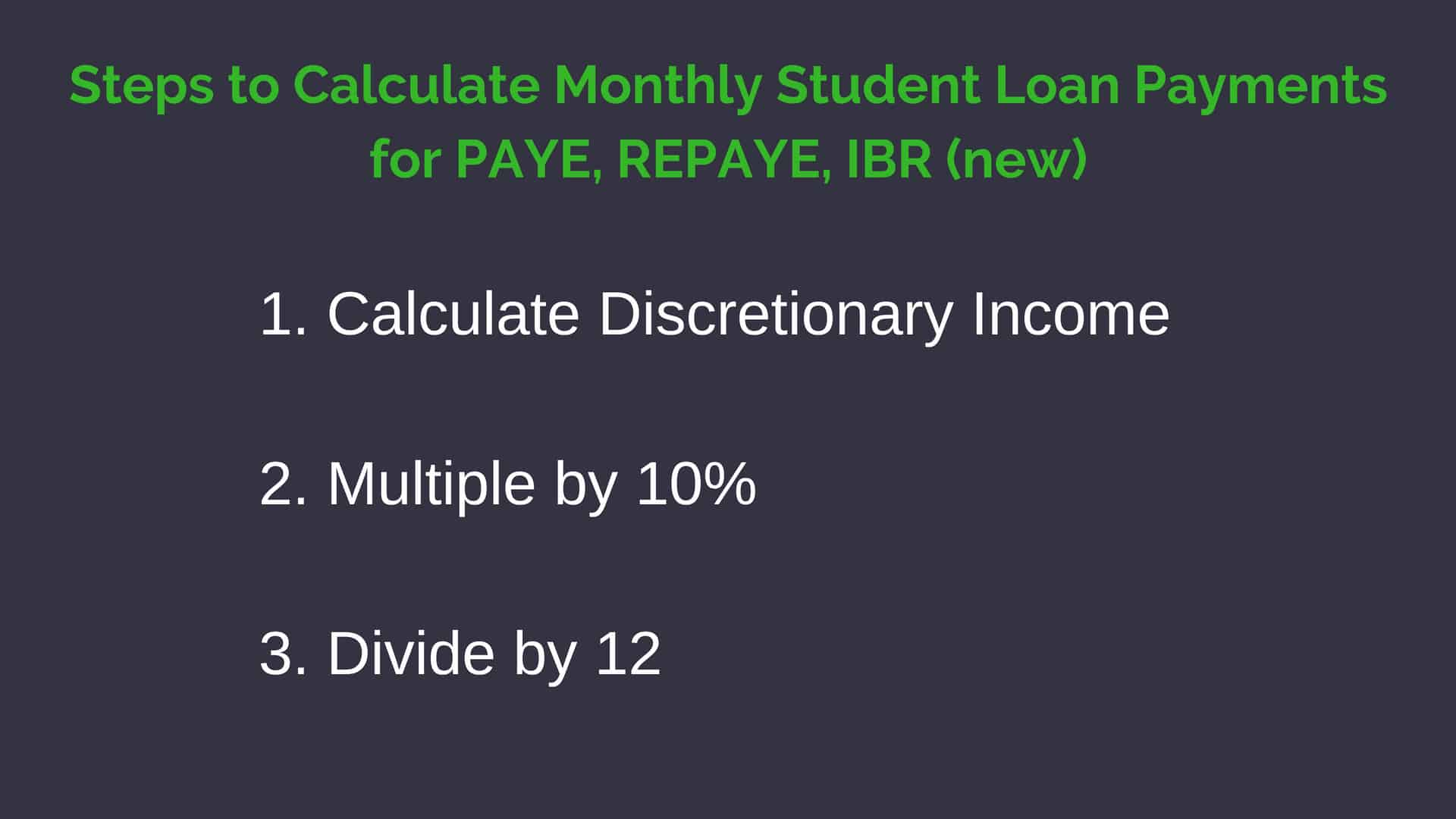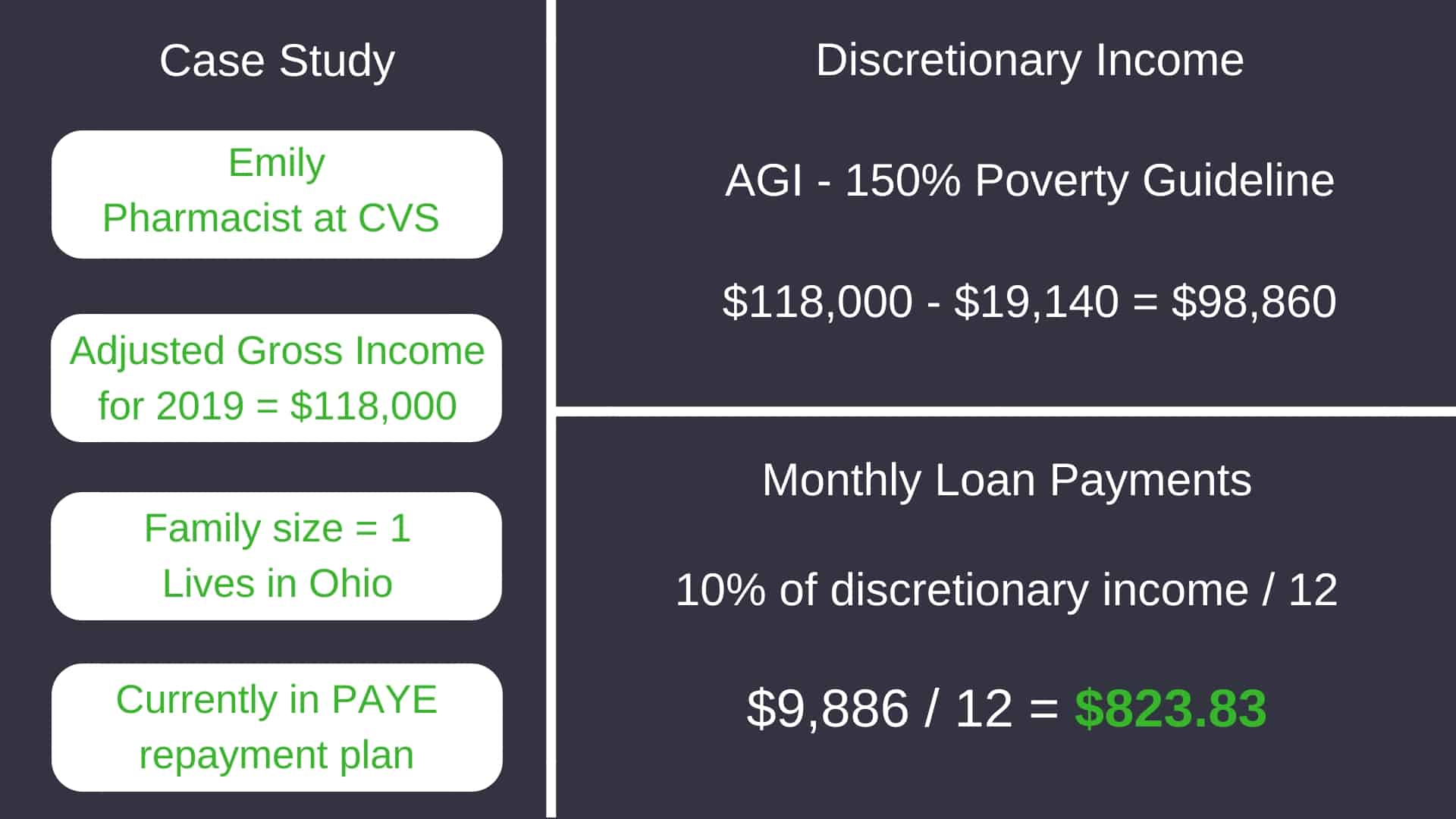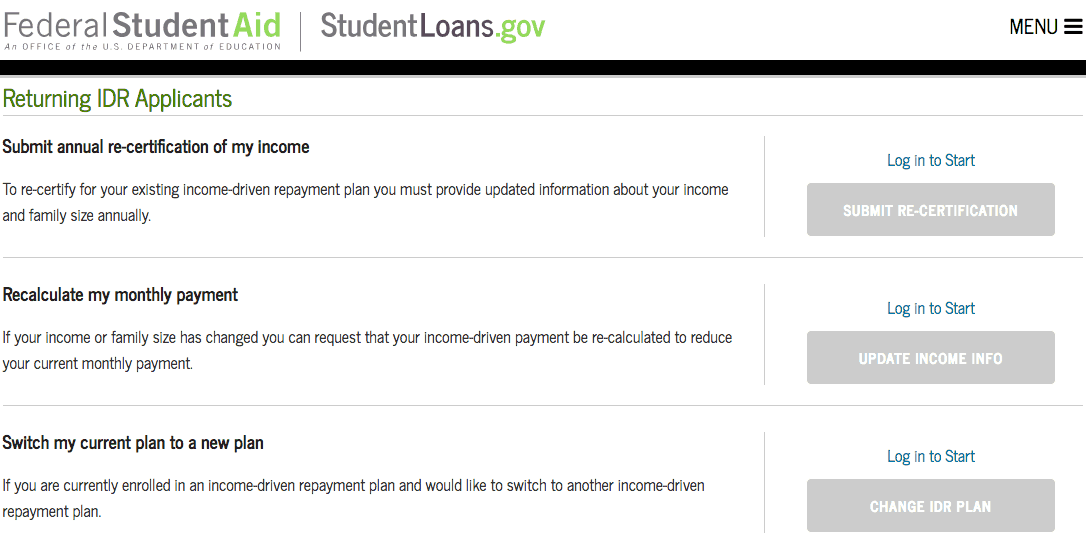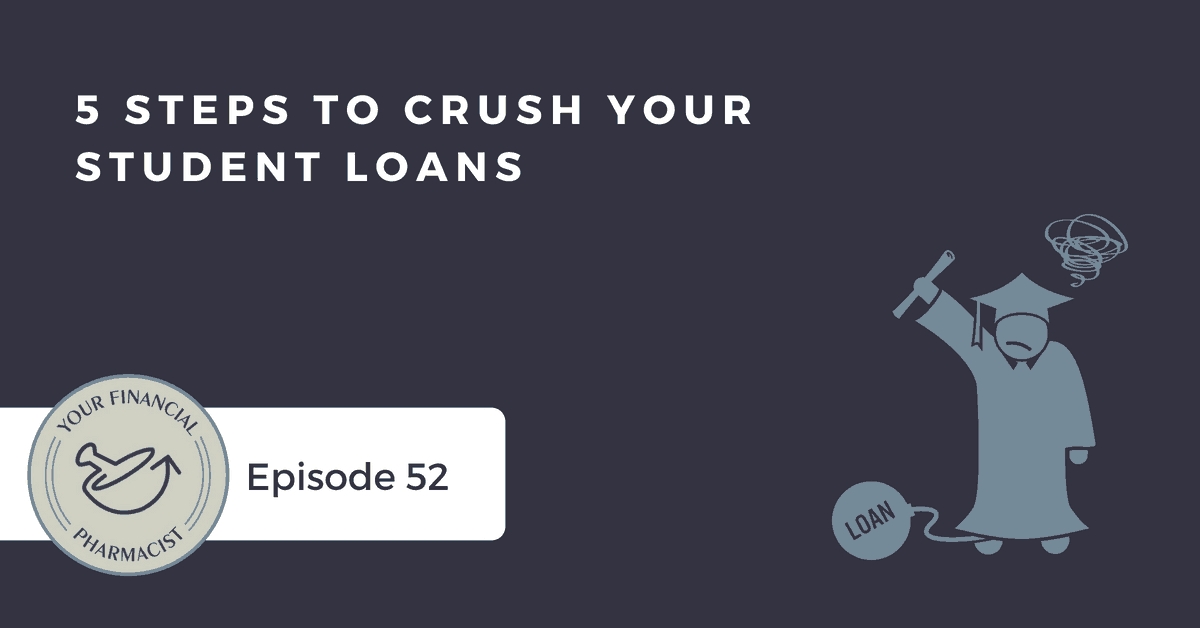On this episode, sponsored by FirstHorizon, Brenna Roth, MD, MPH, shares her journey of having over $550k of student loans forgiven tax-free via Public Service Loan Forgiveness (PSLF).
Episode Summary
Are student loan forgiveness programs a beacon of hope for graduates drowning in debt? Joining us this week is Brenna Roth, MD, MPH; a physician who achieved an incredible financial milestone – over $550,000 of student loans wiped clean through the Public Service Loan Forgiveness (PSLF) program. In our conversation, Brenna discusses her background in medicine, the accumulation of her student loan debt, her initial feelings about the debt, and her journey to tax-free forgiveness. She also shares advice for individuals facing high student loan debt and considering PSLF as an option. We also unpack the challenges of dealing with loan servicing companies, the impact of the COVID-19 payment freeze, and the benefits of lower monthly payments through income-driven repayment plans for those pursuing PSLF. If you’re curious about the PSLF program or facing significant student loan debt, Brenna’s inspiring story sheds light on the potential benefits of pursuing loan forgiveness and highlights the changing landscape of student loan repayment.
About Today’s Guest
Brenna Roth, MD, MPH is an infectious disease doctor and public health specialist who works in academic global health and research. She lived and worked in Tanzania for 3 years and has continued to work on international programs and research projects across sub-Saharan Africa since. She has successfully navigated the Public Service Loan Forgiveness Program across multiple loan servicers, jobs, and continents.
Key Points From the Episode
- Background about Brenna and her medical career journey.
- Discover how Brenna accumulated a large amount of debt.
- She shares her approach to tackling the student loan debt mountain.
- Her hesitancy toward PSLF and what ultimately changed her mind.
- Common pitfalls and mistakes people make regarding repayments.
- Challenges with loan servicing companies and documentation.
- Recent changes that have improved the PSLF program.
- The pros and cons of the PSLF repayment plan.
- Ways COVID-19 impacted student loan payments and the freeze on payments.
- Brenna’s experience making minimal payments during her time abroad.
- Benefits of lowering adjusted gross income through retirement contributions.
- How PSLF allowed Brenna to shift her focus towards long-term financial goals.
- Advice for recent pharmacy and medical school graduates considering PSLF.
Episode Highlights
“Those high-interest rates building up over the years really impacted the amount [debt].” — Brenna Roth [0:04:53]
“My hesitancy was not knowing for sure, if after all of those years, [my debt] would actually be forgiven.” — Brenna Roth [0:10:51]
“It makes sense to, if you’re going to do PSLF, to pay during residency, fellowship, those kinds of years when you’re not making very much money.” — Brenna Roth [0:20:34]
“I think I would say, definitely give PSLF some serious consideration. I won’t say it’s the right thing for everybody. Obviously, it can depend on how much debt you have and what kind of job you are going into.” — Brenna Roth [0:25:04]
Links Mentioned in Today’s Episode
- Brenna Roth, MD, MPH on LinkedIn
- Federal Student Aid
- YFP 248: How 3 Pharmacists Had $700,000 of Student Loans Forgiven
- Episode Sponsor: First Horizon
- YFP Planning: Fee-Only Financial Planning for Pharmacists
- Tim Baker on LinkedIn
- Tim Ulbrich on LinkedIn
- YFP Disclaimer
- Subscribe to YFP Newsletter
Episode Transcript
[INTRODUCTION]
[0:00:00] TU: Hey, everybody. Tim Ulbrich here, and thank you for listening to the YFP Podcast, for each week we strive to inspire and encourage you on your path towards achieving financial freedom. This week, I welcome Brenna Roth, a physician onto the show, to talk about her public service loan forgiveness (PSLF) journey, where she recently had more than $550,000 of loans forgiven, tax free.
Yes, you heard that right. More than $550,000 of student loans forgiven, tax-free. We talked about how she accumulated that large debt load, her feelings toward the debt, what went as planned, and didn’t go as planned along the way, and advice that she has for those that are facing high student loan debt.
Let’s hear from today’s sponsor, First Horizon, and then we’ll jump into my interview with Brenna Roth.
[SPONSOR MESSAGE]
[0:00:45] TU: Does saving 20% for a down payment on a home feels like an uphill battle? It’s no secret that pharmacists have a lot of competing financial priorities, including high student loan debt, meaning that saving 20% for a down payment on a home may take years. We’ve been on a hunt for a solution for pharmacists that are ready to purchase a home loan with a lower down payment and are happy to have found that option with First Horizon.
First Horizon offers a professional home loan option, aka doctor or pharmacist home loan that requires a 3% down payment for a single-family home or townhome, for first-time homebuyers, has no PMI and offers a 30-year fixed rate mortgage on home loans up to $726,200. The pharmacist home loan is available in all states except Alaska and Hawaii and can be used to purchase condos as well. However, rates may be higher and a condo review has to be completed.
To check out the requirements for First Horizon’s pharmacist home loan, and to start the pre-approval process, visit yourfinancialpharmacist.com/home-loan. Again, that’s yourfinancialpharmacist.com/home-loan.
[INTERVIEW]
[0:01:58] TU: Brenna, welcome to the show.
[0:02:00] BR: Hi, thank you.
[0:02:02] TU: Well, it’s been a while since we’ve shared some PSLF stories on the podcast. In fact, over a year and a half ago on episode 248, we featured three pharmacists that collectively had more than $700,000 in student loans forgiven. We’ll link to that episode in the show notes. But all that to say, it’s been a while, and I’m certainly excited for this conversation, which came to be after YFP Planning, Financial Planner, Kim Bolton, shared the good news with our team, about your MOHELA account officially showing a $0 balance with over $550,000 that was forgiven, tax-free. And as soon as I heard that, I thought, we have to share this story with our community.
Brenna, as I mentioned to you before we hit record, there still is a lot of skepticism, a lot of questions, a lot of unknowns, surrounding public service, loan forgiveness. I think the more stories that we can share, the more information that we can get out the better. So, before we dig into your specific journey, tell us a little bit about your background, including your journey into medicine, where you went to school, and the work that you’ve been doing since?
[0:03:07] BR: Yes. So, I’m a trained infectious disease doctor. I did my undergraduate work at Tulane University. I also got a Master’s of Public Health there. Then, I worked for a couple of years in public health work research, and then I went on to medical school at Ross University. I did my residency at York Hospital in Pennsylvania, and I did my infectious disease fellowship at the University of Maryland, and I’ve been working since then.
[0:03:40] TU: A lot of years of training. Certainly, our audience can appreciate that. You know, $550,000 of debt that’s forgiven, tax-free, that’s a big number, and I think even quite shocking to our community who’s used to high debt loads, but not that high, right? Maybe $150,000, $200,000 or $250,000. But over $550,000, again, that is a large amount. I assume, and one of my questions about your brand as we get started is how did that debt load come to be as big as it was? Is that a function of medical school, as well as the master’s degree? Tell us a little bit more about the accumulation phase of that amount of debt.
[0:04:19] BR: Yes. It’s from the loans that I took out for my Master’s of Public Health as well as medical school. I was paying off the Master’s of Public Health, initially, when I left school. But then when I started in medical school, that repayment was paused. But during that time, still, the loans were collecting interest. So, it was really that accumulation over all those years of the loans plus — and I’m sure people are familiar with, they have rather high-interest rates, and I was no exception. So yes, just those high-interest rates building up over the years really impacted the amount.
[0:04:58] TU: Yes. The accumulation of interest, on a couple $100,000 or more of debt adds up pretty quickly, especially over periods of time with training involved. I think that while most people know that, we have, somewhat Brenna forgotten that, just because of the last three years, we’ve been on this freeze. So, I think for those of us that graduated, many of my loans are at a fixed 6.8% interest on the federal side, and you quickly realize, like, whoa, and you’ve got a couple $100,000 of debt. If you’re not making payments that are covering that interest, that loan balance grows pretty quickly, and all of a sudden, 200 becomes 250, becomes 300.
Now, if we’re pursuing public service loan forgiveness, and we get to the finish line of tax-free forgiveness, that’s not a bad thing. The goal is that we pay as minimum out of pocket as we can, to have as much as we possibly can, forgiven, and tax-free. But obviously, for those that go through the journey of paying those out of pocket, not through our forgiveness plan, certainly that can be a concern.
Brenna, I’m curious about your feelings surrounding the debt. No right or wrong answer. But I often talk with pharmacists. I joke it’s the student loan debt pain scale, 0 to 10. I talked with some pharmacists that may have a couple $100,000 of debt, and they describe it as a 10. The house is on fire, it’s causing anxiety, they’re frustrated, they’re worried. Even something like a PSLF strategy, they want these gone tomorrow. Even though the math shows it’s going to be favorable, it’s causing that much stress.
Other end of the spectrum, I’ll talk with pharmacists to say, I’m closer to a one or two or three. I recognize it’s a big deal, but they kind of are what they are. If it’s a longer payoff or forgiveness strategy, they may be more comfortable with that, to be able to maximize whatever they can dollars-wise. So, for you and your journey, what were your feelings surrounding the debt load, and did that change at all, as you were going through this PSLF journey?
[0:06:48] BR: It definitely changed over time. I mean, I would say it was at a tenant point. But honestly, I got to a point where, at one point, before I sorted into PSLF, I really just thought I will just have these debts forever, and it’s just going to be a part of my life and better to just accept it, and know that it’s just going to be there. So, I would say it went from a 10 to maybe more like 5 or 6, because I won’t say that I wasn’t at all concerned. But it kind of diminished. But with PSLF, I think it – well, initially, I won’t say it decreased, because I was a little skeptical about whether it was the best choice and I also, over time, I switched the companies that were handling my loans. That never proved to be a really great transition.
So, that was always stressful, because I was always worried that documentation or information would be lost, and the efforts I’d been putting in would not show up at the end, like something would go wrong. So, there were moments where stress kind of went up about all of it. But I would say overall, maybe it was only the last probably few years that I kind of – it dropped below a five for me when I started to have more confidence that things were really moving and things were really going to actually be forgiven.
[0:08:29] TU: Yes. I’m glad you brought that up with the loan servicing companies, right? That’s something we hear often, which is, those can be headaches to navigate. I mean, even right now with the new safe plan that’s coming out, people’s payments are being calculated incorrectly. For good reasons, people are freaking out, wanting to get the right information. Might have to recertify income. Should I recertify an income right now? I mean, there’s just so many nuances and wrinkles. I think as you go through some of the pain of those, and you get over those speed bumps, you tend to get a little bit more comfortable knowing how to navigate it.
But unfortunately, the difficulties with the loan servicing companies, that hasn’t gotten a whole lot better. I think people have gotten more comfortable with PSLF, because of hearing stories like yours, or we’re getting more education and information to make sure that they’re crossing the T’s and dotting the I’s correctly. But we would be lying if we said it’s going to be a clean journey for everyone, right? Just 10 years, 120 payments, you wake up, it’s tax-free. That’s the goal. But it doesn’t mean there’s not going to be some bumps along the way as well.
[0:09:34] BR: Definitely.
[0:09:35] TU: You mentioned reluctancy. I want to talk more about that. Is that something we hear a lot? I often will present on student loans, and when I show the calculations, I think, people nerd out and they get really excited about, “Oh, I can optimize this, and maybe it allows me to achieve other financial goals because I’m not having to put as much towards my student loans.” But there still is very much a sense and feeling of, what if? What if the rules change? What if this isn’t everything that I think it’s going to be? So, I want you to talk a little bit more about your reluctance, what were some of those questions, and then what ultimately changed, that allowed you to say, “Okay, yes, this is the path that I’m going to pursue.”
[0:10:17] BR: So, it should be noted that I was first presented really seriously, shortly after signing up with them with Tim, with YFP. Because this was, my loans were probably my major financial concern at the time. This was 2016, 2017, and I’d heard about the program. But I hadn’t really heard of anybody successfully navigating it, for sure. So, I think it was just not really knowing – my hesitancy was not knowing for sure, if after all of those years, things would actually be forgiven. Of course, as you mentioned, the strategy really is to lower your payments as much as possible and to get through those 10 years, meeting the requirements. But taking as little financial hit as possible.
Which the alternative to that would be, okay, let’s focus on making paying off as much as we can each month, and getting this paid down as quickly as possible. So, you’re accumulating as little interest. Those are like the two options that were presented to me. While it was clear that PSLF made the most sense, on paper, my reluctance came from not being totally sure that at the end of that 10 years, and that would be 10 years wasted in accumulating interest. All of these things, and that was really where my hesitancy came from. Again, this was a number of years ago, when there wasn’t as much evidence that the program was really going to definitively work. I even – I didn’t know if – I even had the concern of what if they just up and decide to cancel it for some reason?
So, it was really that. And you did hear horror stories of people thinking that they were doing everything right for years, and then getting nine years in, and being told, “Oh, no, you were in the wrong repayment plan”, or whatever it may be. During one of my switches from – actually, no. I was checking in with my loan servicer, and just to see is everything on track, is everything look okay. I felt pretty comfortable because you guys were helping me. So, I felt like I’s were dotted, T’s were crossed, but I was still checking in, and they actually told me, “Oh, we don’t go back and check that stuff until it’s like the last year of repayment.” And suddenly, I realized, “Oh, that’s why people get to the end, and they don’t know, because nobody’s really reaching out and communicating with them that this isn’t correct, or this should be.” So, people were getting really far along before getting any feedback that anything was not correct.
[0:13:12] TU: Yes. And when you mentioned the skepticism for good reason, that was around 2017. Is that correct?
[0:13:17] BR: Yes, 2016 or ’17, somewhat in there.
[0:13:21] TU: Yes. Which totally makes sense, right? This program was legislatively enacted in 2007,10-year timeline to forgiveness. That first group to be forgiven would have been in 2017, 2018. This is where a lot of the initial negative press came out. To be fair, the Department of Ed could have done a lot better job in terms of, communicating this and preventing some of these problems that people were identifying it to your point, at the end, when they’re getting near the finish line. Even in the six, or seven years since then, the information has gotten a lot better, the education has gotten a lot better. I think the loan servicers are more comfortable. Still not necessarily easy to always work with, more comfortable. The path, even with employers, now there’s a, through the studentaid.gov profile, you can punch in the EIN of your employer and see if there are qualifying employers. Even those questions in the past were like, “Am I 100% sure that I’m working for a qualified employer?”
For a good reason, you had skepticism, and when you’re talking about the horror stories, I’ve mentioned to you before we hit record that there was an article published by NPR. I think it was 2018, 2019 that the headline was “99% of PSLF applicants are denied.” Somewhat of a misleading story. We haven’t actually looked into the details in terms of the number of people who didn’t fully complete their application and the paperwork. But there were fair issues, and those issues being, “Oh, I didn’t realize that I had to maybe first consolidate my loan into a direct loan, to be able to then unlock a qualifying repayment plan so that then it counted as a qualifying payment.” It’s even crazy when I present on this topic, Brenna, like, I even catch myself like, well, if you do this, and then you do this, and then you do this, then it counts as a green checkmark, right? Then we’re good.
It’s kind of crazy that we have to jump through all these hoops. But that’s just the system that we’re in and the cards that we’ve been dealt. Now, thankfully, you were positively impacted by some of the changes that the Biden administration implemented where for individuals that maybe didn’t have all those T’s or I’s crossed because they didn’t necessarily know from Jump Street that they were going on a PSLF pathway, that there was a reconciliation process for those payments to count as qualifying payments, which you benefited from, is that correct?
[0:15:33] BR: Yes, because when I consolidated and got everything in order, and that was actually another thing. I didn’t realize, because you mentioned employment and the employer’s account. I really did not think that my residency training would count, and it was actually, again, Tim, who pointed out that he really thought it would. So, that was another thing that pushed me once I realized that that period of time also counted, that that shifted, I think, my willingness to go into PSLF.
But yes, I did benefit because I did have a – some of my loans were in the correct repayment plan, but I had some that were not. So, there was a gap of, I don’t know, maybe four or five years between some of the loans just because once I got those into the correct repayment plan, you know, it started from zero. So, it didn’t matter that I’ve been paying those loans for years, none of those previous payments had counted, because they weren’t in the correct repayment plan.
But luckily, with that Biden, that like one year, going back and counting, a lot of those payments that hadn’t previously counted towards the forgiveness were counted, which was great.
[0:16:48] TU: Yes. I think it was really helpful, especially for people Brenna, like you, that maybe necessarily didn’t start with a PSLF journey in mind. We are seeing more people now that they come out, they go into residency, they know, “Okay, I’m not going to defer, so I can count those as qualifying payments” and they’re thinking about PSLF as a strategy right away. But that hasn’t always been the case. Again, just based on the age of the program and the information that we have available.
One of the things that is beneficial about the strategy, as you’ve mentioned, as I’ve mentioned, is to try to pay as little out of pocket so that we can have as much forgiven tax-free. You mentioned before we hit record that you were able to have about five years, about half of the 10-year timeline of payments, actually, where you weren’t having to make payments at all. Tell us more about what was happening, where you were able to have such a large chunk of time where you didn’t have to make those payments.
[0:17:40] BR: Yes. So, everybody has been affected by the pause in payments with COVID. So, I was also affected by that. But I moved to Tanzania, actually in 2017. I was living there, full time. Because of that, it affected my taxes, and basically what it looked like, what my income looked like, and thus my repayment. So, if I remember correctly, there were a couple of years there where technically I could have been paying zero. I was still paying a small amount on my loans. But yes, I had a couple of years there, where just because of living internationally and working internationally. My income appeared low enough that – because it’s income-based, and so basically, my payment was functionally zero.
[0:18:33] TU: Yes. You had a few years of the pandemic freeze, as did other borrowers, were those counted as qualifying payments. That was one of the big questions when that freeze started, and that was good news that people that were pursuing PSLF, those counted as qualifying payments to the freeze that just ended here in September of 2023. Then, you have a couple years in Tanzania, you mentioned, perhaps this could have been zeroed out payments. You’re making small payments.
I’m glad you mentioned that because one of the most common questions that I get is should I defer my loans during residency, or in your case, residency and fellowship. While not blanket advice, generally, my answer is you don’t want to defer, and the reason you don’t want to defer is that typically because you’re earning such a low income while you’re in residency or fellowship relative to what you will earn, and how they do the calculations on these, often these will be very low, and sometimes $0 monthly payments. But as long as you’re inactive repayment, those count towards qualifying payments of the 120.
So, I still think there’s a lot of advice out there from maybe my generation of pharmacists or those even older. I graduated in 2008, where it was kind of blanket advice. Like differing residency, differing residency, and often the case may be actually not to defer, so you can get those accounts as qualifying payments.
[0:19:54] BR: Yes. It’s funny that you mentioned that, because you just triggered – that was – I think that’s actually, because I still had that had a feeling of what if something goes wrong with a PSLF. So even though I was being told those couple of years, “You don’t have to make a payment, it’s zero, it will still count.” I made the decision to make a small payment because I didn’t want anybody to be able to come back later and say, “Oh, you weren’t paying during these times.” So, I still had my own little, is this really going to work the way it’s supposed to work even at that point? But definitely, it makes sense to, if you’re going to do PSLF, to pay during residency, fellowship, those kinds of years when you’re not making very much money.
[0:20:44] TU: Yes, and one of the other, we won’t spend much time on this now. We’ll talk about it in another episode. But one of the advantages of the new save plan that was announced by the Biden administration here in the last couple of months, and certainly, it’s not the right fit for everyone. But especially those that are new graduates, new trainees in residency, there’s a provision as a part of that safe plan where as long as you’re making the minimum payment, whatever that is, based on your income, that your loan balance can’t grow, which is really nice. Because if you’re in deferment, like interest can still accumulate, you’re not making any payment technically. So, especially for those that are in one or two or more years of residency that can be, that can be really valuable.
Brenna, what did PSLF allow you to do in terms of other goals. Typically, if we’re optimizing the strategy, we’re hopefully paying less out of pocket than we normally would have with other strategies. And therefore, that gives us options to invest and save, or pursue other financial goals, where we don’t have to just solely focus on our student loans. So, for your situation, for your financial plan, what did PSLF allow you to do in terms of other goals?
[0:21:51] BR: I really, for the most part, focus a little bit more on investment retirement, and because really, I hadn’t been too focused on that until I was finishing a fellowship, going into an actual job, and I’m feeling like I had that money. So, I think that allowed me to focus a little bit. Because as I said, I sort of always thought that these loans would just be part of my life. So, it shifted my long-term thinking, and as we discussed before, having the loans forgiven didn’t really change my day to day. But even during that process, I think, instead of being so focused on I’m going to have to repay this at some point, I could really focus on that longer term, where do I want to invest my money.
I mean, yes, it did allow, because I think I would have been far more reluctant to maybe take this trip or that trip, for fear of what that meant longer term. So, it probably did allow me to feel a little more free to do those kinds of things. But for me, it was really more about the longer-term goals and being able to focus more on investments and retirement plans and those kinds of things.
[0:23:16] TU: That’s one of the things I love about this strategy is when we’re optimizing this, one of the goals we’re trying to achieve is to lower our adjusted gross income, the best that we can, which is the factor they’re using in the payment calculation to determine what your monthly payment is. One of the ways we can do that, kind of the low-hanging fruit, is making sure we’re maxing out traditional retirement accounts like a 401(k), a 403(b), and maxing out HSAs. So, there’s this beautiful double effect of not only are we then saving more through those vehicles, which are going to be able to grow and compound and time value of money, make sure we start that as early as we possibly can. But it’s also at the same time, lowering our monthly student loan payment, and that’s really cool. When we can see that working, and we all know our listeners know well, that when you’re saving even just a little bit more early in your career, and that money has a long time period to grow, that’s going to have a significant impact and effect.
Brenna, I’m curious, we have a group of graduates coming out right now that many may be listening to the show. We have three graduating classes now that haven’t had to make any payments on student loans, because of the freeze. Interest just started back up in September. Payments are resuming here next month in October. I think it’s fair to say, there’s a decent amount of anxiety. Maybe people that were making payments that didn’t have to, and now they’re having to make payments again. Or for new graduates, or just on the front end of this journey, and not really sure what is ahead, but certainly there’s some anxiety surrounding that. As you look backwards now, finish line has been crossed. You’ve had a large amount of debt forgiven, tax-free. What advice would you have, whether it’s pharmacy graduates, or medical school graduates, that are just getting started and they’re looking ahead and saying, “This feels big. This feels scary.”
[0:25:03] BR: I think I would say, definitely give PSLF some serious consideration. I won’t say it’s the right thing for everybody. Obviously, it can depend on how much debt you have, and what kind of job are you going into. How much are you going to be making? I’m in infectious diseases in medicine. That’s not a subspecialty that is known to make a lot of money compared to some others. So, for others – and I don’t know as much about pharmacists, and their training, and different specialties within that. But I would assume there’s some variation as well.
So, I think it is a very individual decision. And for me, though, as I said, having a financial planner, being able to discuss it, really just my income to debt ratio, PSLF was just very clearly the best option for me. So, I think, just really give it some serious consideration, and don’t talk yourself out of it immediately. It is working. Just my experience over many years, and with many different – having my loans switched from different companies, I can tell you, it’s been so much easier recently to be able to track things, to get information about things. It’s gotten so much easier over the years. I mean, it does work. There are more and more people with loans being forgiven. So, I hope that the concern and the fears are diminishing over time. I won’t say everybody needs to go out and do it. But I think it should be definitely a serious consideration as an option.
[0:26:52] TU: Yes. I’m glad you said that. We estimate in pharmacy, and I know it’s higher in medicine, just based on the distribution of practice, and where people are at nonprofit to for profit. But we estimate that about 25% to 30% of all pharmacy graduates are eligible or qualify for PSLF.
Now, they may not have the right debt-to-income ratio. It may not make sense. They may be unsure about how long they’re going to be in the nonprofit space, and there’s other questions. But to your point, Brenna, I think the take-home point I hear there is making sure that you’re considering it among all of the options, and running the numbers, how do we feel about it? What does this mean for other parts of the financial plan? And making sure that we feel that we’re making an informed decision, looking at all the different options that we have on the table. For some, that’s PSLF. For some, that could be a non-PSLF strategy over a long period of time, if they’re working for a for-profit. Or we have some individuals that say, “Hey, I really want to aggressively pay these off.” And they have reasons and a rationale that may make sense for them.
So, this is certainly an area where, whether we like it or not, student loan repayment is a somewhat complicated topic, and it’s something that we’ve really got to dig into and make sure that we’ve got good information as we look at and evaluate all the options that are available.
Well, Brenna, this has been awesome. I really appreciate you taking the time coming on the show to share your journey of having over $550,000 of debt that was forgiven, tax-free. As I mentioned at the beginning, we’re going to share some other resources in the show notes of where we’ve talked about public service, loan forgiveness, as well. And to the Department of Ed’s credit, as you gave them credit here, I think recently, of information getting better in the loan servicing companies. They have updated a lot of information and resources, and especially with so much changing right now, make sure to check that out at studentaid.gov.
Again, Brenna, thank you so much for taking time to come on the show.
[0:28:38] BR: Thank you.
[0:28:40] TU: Before we wrap up today’s show, I want to again, thank this week’s sponsor of Your Financial Pharmacist podcast, First Horizon. We’re glad to have found a solution for pharmacists that are unable to save 20% for a down payment on a home. A lot of pharmacists in the YFP community have taken advantage of First Horizon’s pharmacist home loan, which requires a 3% down payment for a single-family home or townhome for first-time homebuyers, and has no PMI on a 30-year fixed-rate mortgage.
To learn more about the requirements for First Horizon’s pharmacist home loan, and to get started with the pre-approval process, you can visit yourfinancialpharmacist.com/home-loan. Again, that’s yourfinancialpharmacist.com/home-loan.
[OUTRO]
[0:29:24] TU: As we conclude this week’s podcast, an important reminder that the content on this show is provided to you for informational purposes only and it is not intended to provide and should not be relied on for investment or any other advice. Information in the podcast and corresponding materials should not be construed as a solicitation or offer to buy or sell any investment or related financial products. We urge listeners to consult with a financial advisor with respect to any investment.
Furthermore, the information contained in our archived newsletters, blog post, and podcast is not updated and may not be accurate at the time you listen to it on the podcast. Opinions and analysis expressed herein are solely those of Your Financial Pharmacist unless otherwise noted and constitute judgments as of the dates published. Such information may contain forward-looking statements, which are not intended to be guarantees of future events. Actual results could differ materially from those anticipated in the forward-looking statements. For more information, please visit yourfinancialpharmacist.com/disclaimer.
Thank you again for your support of the Your Financial Pharmacist Podcast. Have a great rest of your week.
[END]
Current Student Loan Refinance Offers
Note: Referral fees from affiliate links in this table are sent to the non-profit YFP Gives. | Bonus | Starting Rates | About | YFP Gives accepts advertising compensation from companies that appear on this site, which impacts the location and order in which brands (and/or their products) are presented, and also impacts the score that is assigned to it. Company lists on this page DO NOT imply endorsement. We do not feature all providers on the market. |
$750* Loans ≥150K = $750* ≥50K-150k = $300 | Fixed: 4.89%+ APR (with autopay) | A marketplace that compares multiple lenders that are credit unions and local banks | ||
$500* Loans ≥50K = $500 | Variable: 4.99%+ (with autopay)* Fixed: 4.96%+ (with autopay)** Read rates and terms at SplashFinancial.com | Splash is a marketplace with loans available from an exclusive network of credit unions and banks as well as U-Fi, Laurenl Road, and PenFed |
Recent Posts
[pt_view id=”f651872qnv”]

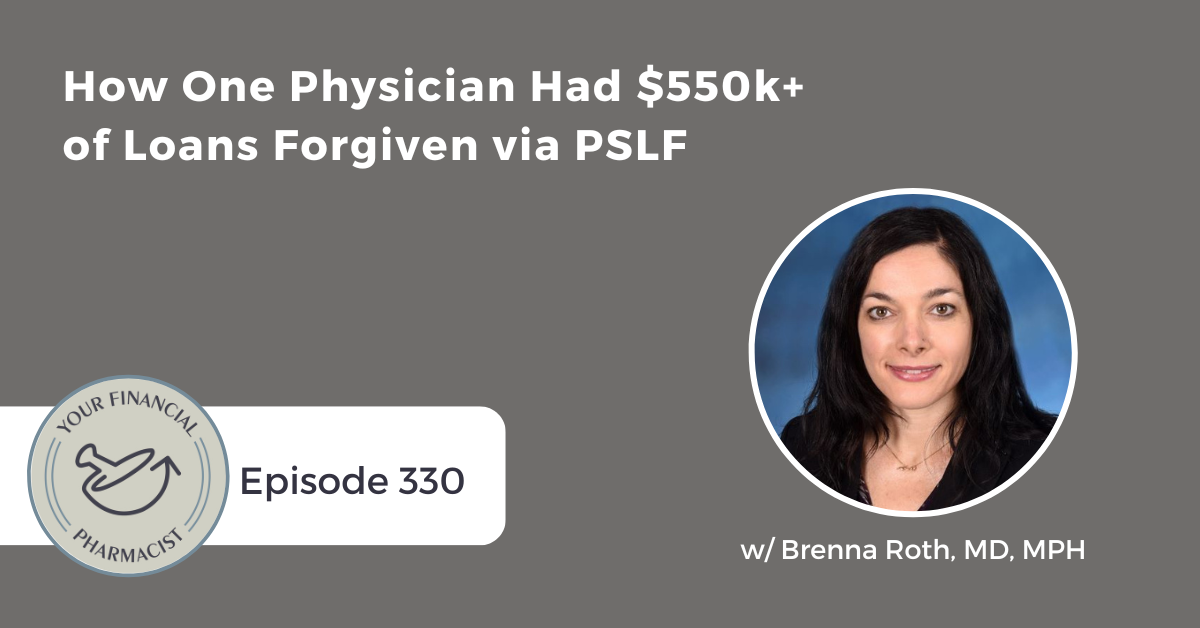


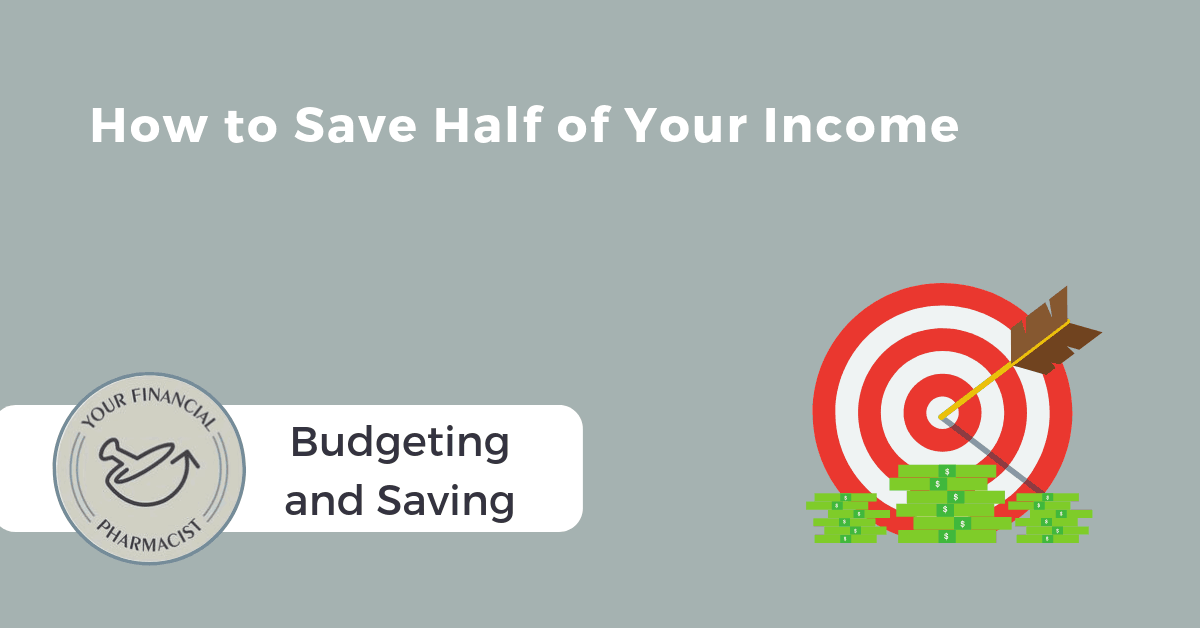
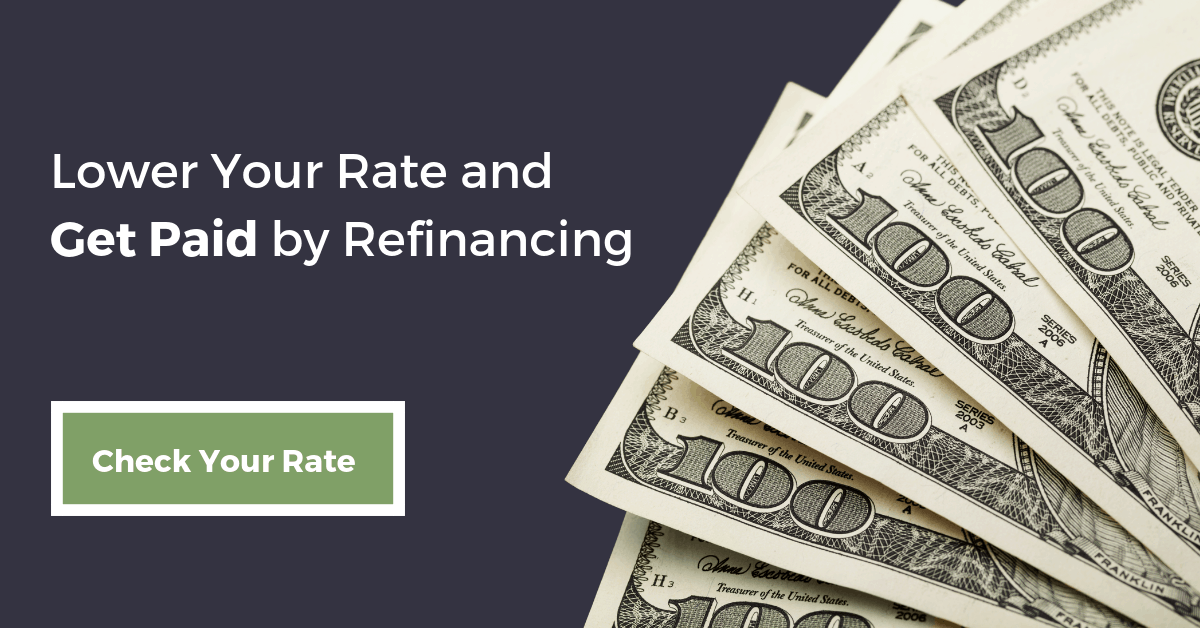
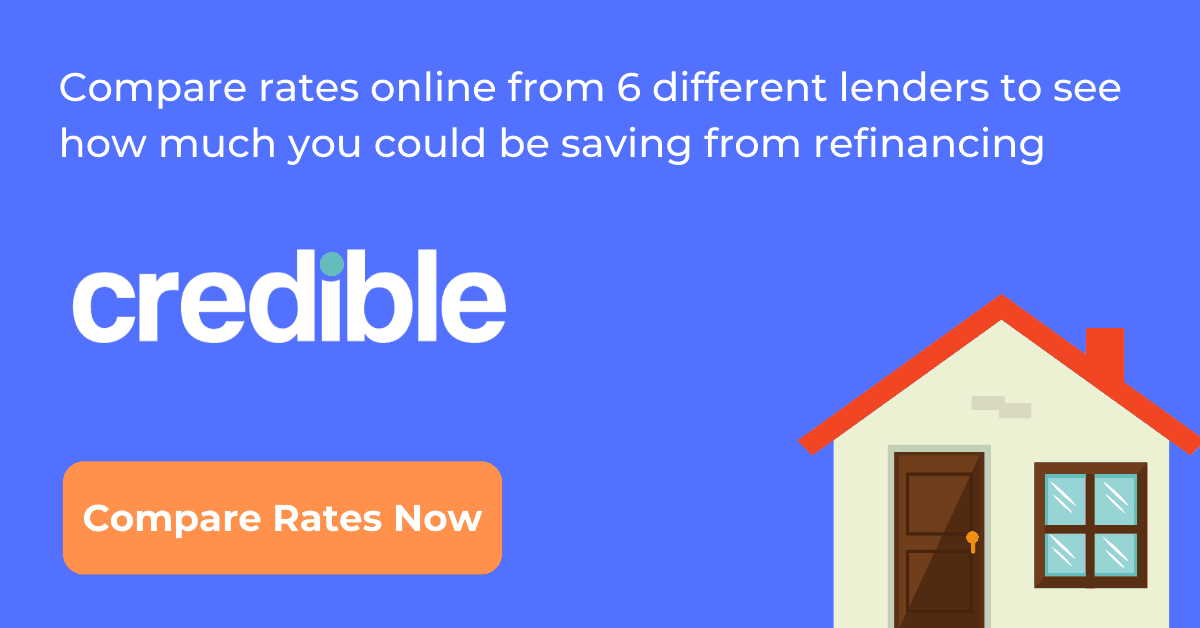
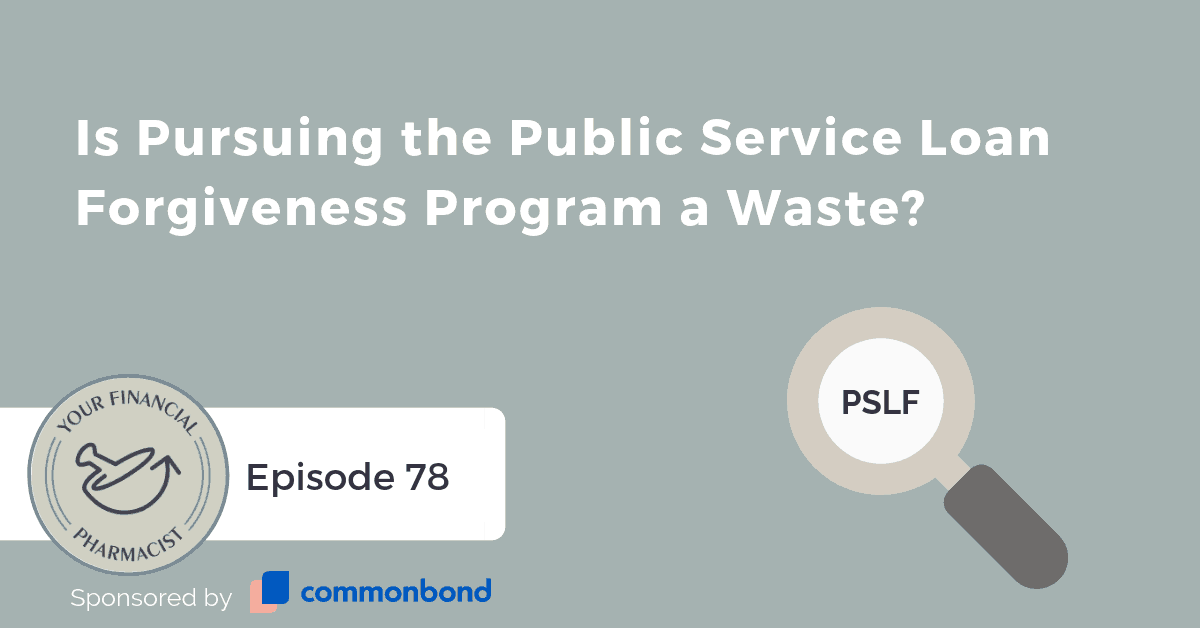
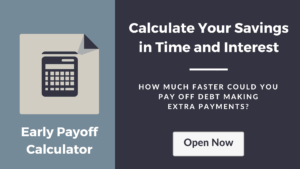
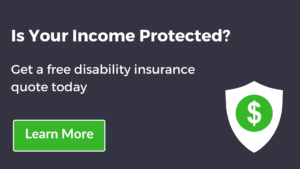

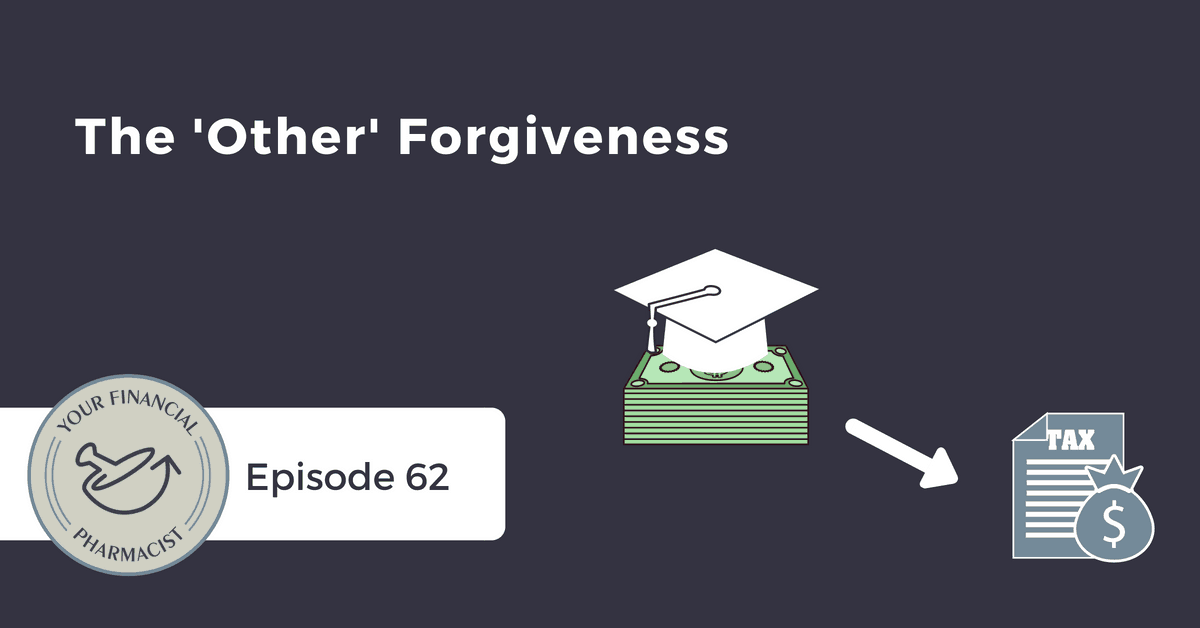
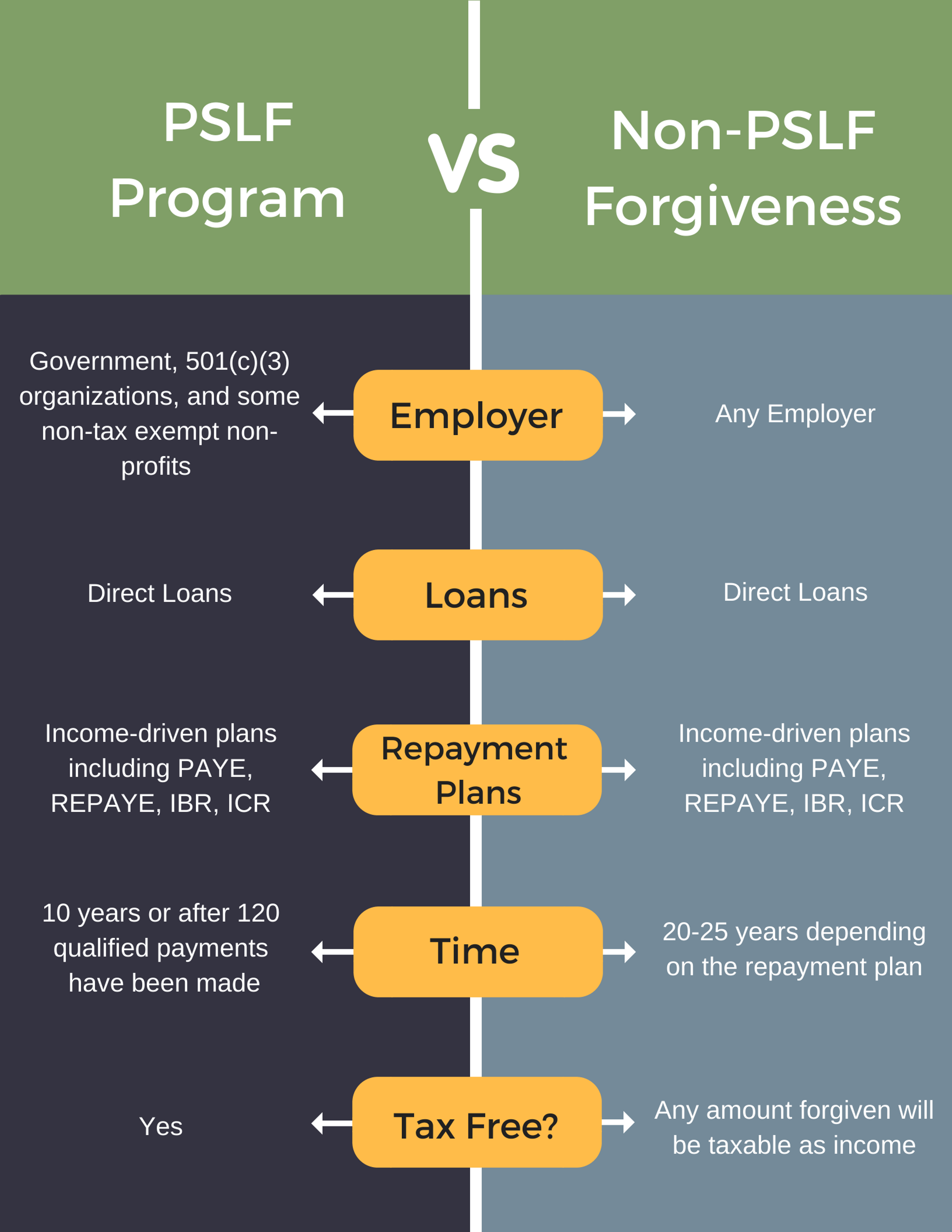
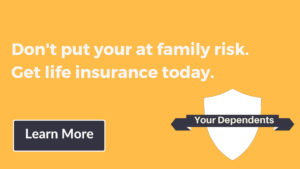

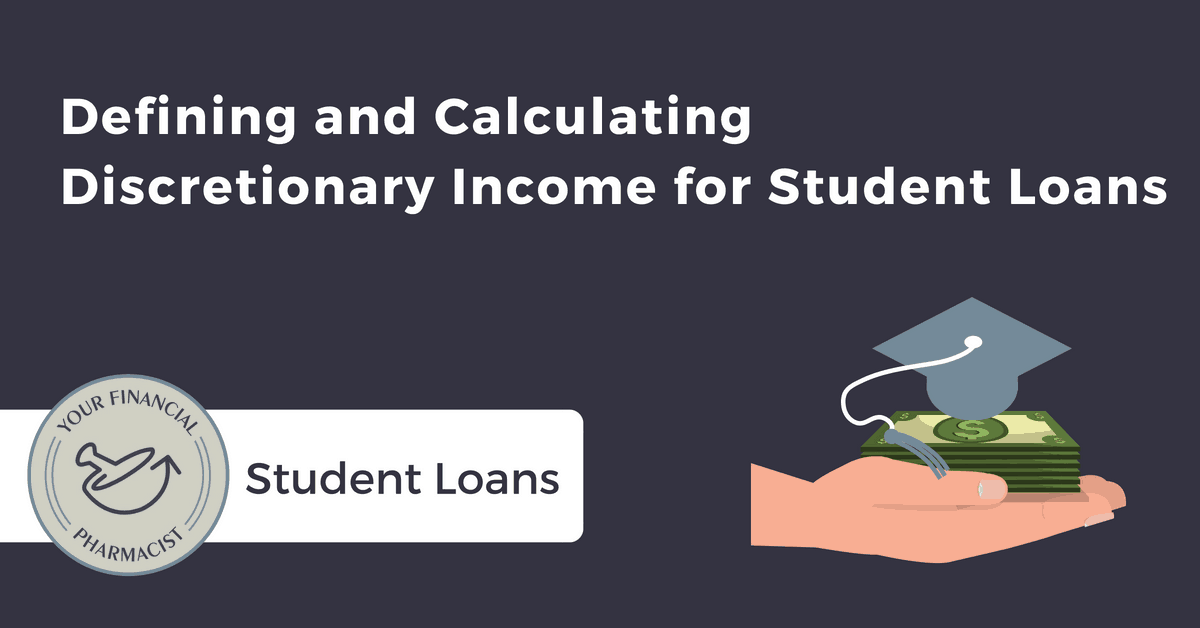
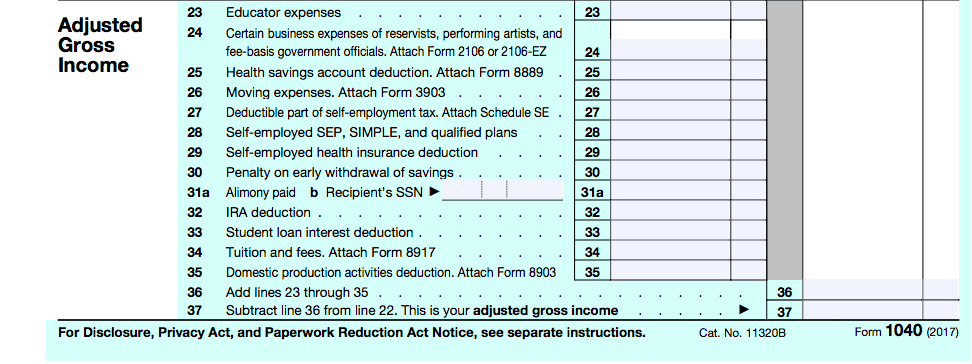
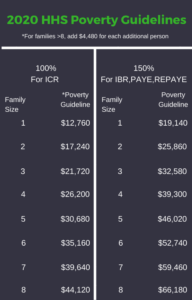 The specific income driven repayment plan will determine what percentage of the poverty guidelines is used in the calculation. For most plans including Pay-as-you earn (PAYE), Revised pay-as-you-earn (REPAYE), and Income-based repayment (IBR), it is 150%. For Income contingent repayment (ICR), it’s 100%.
The specific income driven repayment plan will determine what percentage of the poverty guidelines is used in the calculation. For most plans including Pay-as-you earn (PAYE), Revised pay-as-you-earn (REPAYE), and Income-based repayment (IBR), it is 150%. For Income contingent repayment (ICR), it’s 100%.